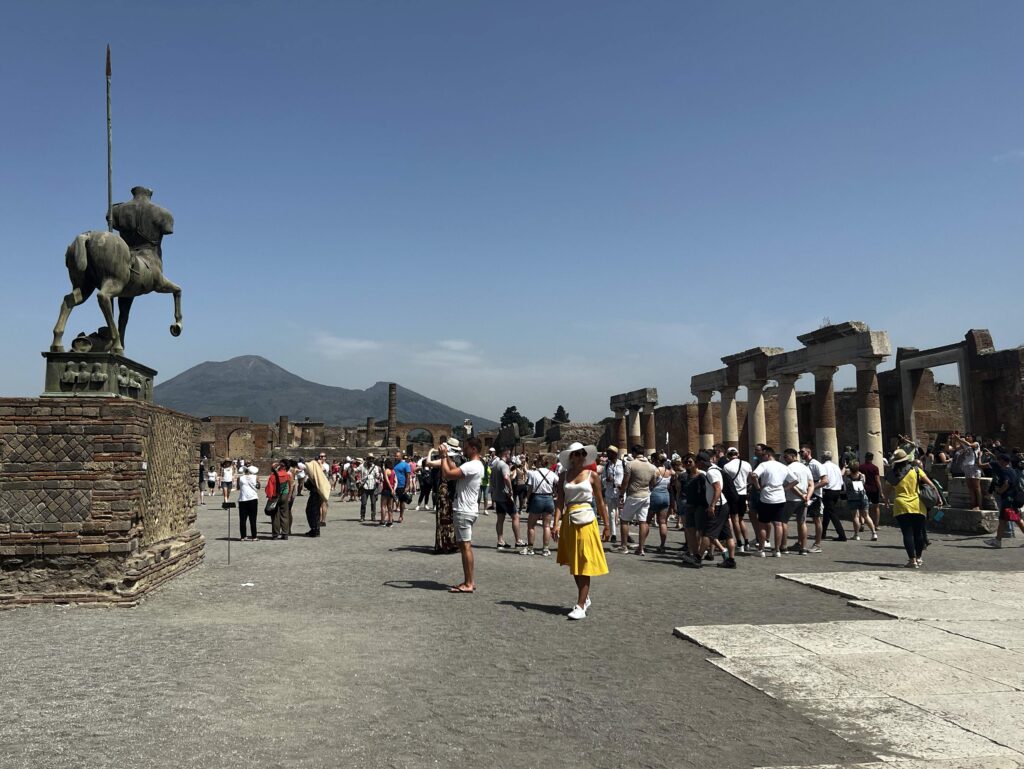I’m sitting here in my home office, looking out the window at bare trees, neighborhood houses, and a drab winter landscape, but I know of a museum in Japan that has picture-perfect views from its windows every season of the year. The Adachi Museum, in Shimane Prefecture, blows me away every time I lay eyes on its masterpieces.

To be sure, its collection of contemporary Japanese paintings from the Meiji, Taisho and Showa eras is top class, with approximately 200 works on display at any given time, shown on a rotating basis in four annual exhibitions that change with the seasons. The museum boasts the world’s largest collection of works by Taikan Yokoyama, credited with harmonizing European and traditional Japanese painting styles, with at least 20 of his works forming the backbone of every exhibition. I especially like his landscapes, with “Autumn Leaves” and paintings of Mt. Fuji among my favorites. The museum also supports emerging artists by displaying their contemporary Japanese-style paintings (nihonga) in an annex.
But what sets the Adachi Museum apart are its stunningly beautiful gardens, which perfectly complement the seasonal exhibitions and are visible throughout the museum through cleverly crafted windows. The effect is surreal, as though the framed landscapes themselves are works of art, a scroll, or even a Taikan Yokoyama painting. In fact, I consider the gardens here among the top landscaped gardens in Japan.

There are several different types of gardens, many with outdoor viewing platforms, including a tranquil moss garden, a white gravel and pine garden (which recreates Yokoyama’s “Beautiful Pine Beach” painting), and the museum’s main garden, a magnificent dry landscape garden which incorporates distant mountains into its scheme of meticulously pruned pines, boulders, cropped bushes, and gravel designed to resemble a flowing river. Like the museum’s paintings, the gardens change also with the seasons, with azaleas lending their fuchsia colors in spring, the sun’s rays reflecting different shades of green in summer, maples blazing red in autumn, and snow providing a delicate blanket of white in winter.
It all makes my own backyard seem pretty pitiful, but just now, for an instant, I was transported right back to the Adachi Museum as I closed my eyes, conjured up my memories of its gardens, and composed this post.
For more on Japan’s gardens, see my posts Hiraizumi 12th-century Buddhist Utopia in Japan and Tokyo’s Traditional Gardens hark back to Feudal Japan.






Loved this article about a place I long to visit! I have long loved Yokoyama’s work after encountering it at a temple in Nara that was only open once a year (Founder’s day, June 6th–also my birthday) which happened to be the day that I dragged my mother there to see Yokoyama’s work without knowing that it was closed to the public 364 days a year! If we hadn’t been coming back to KS last May for KU’s commencement where a colleague of my husband (now CEO of a major company in Kyoto) got an honorary PhD, I would have been on a trip with a Japanese Garden group from Seattle, primarily because they were flying there.I am so hoping to get to travel there!
It’s so nice to hear from you! That really is remarkable you were able to see Yokoyama’s work on the only day of the year it was open. You’d love the Adachi because it also has gardens–it’s heaven (though as most things in Japan nowadays, I’m sure everything is so much more crowded it might be hard to enjoy the museum/garden with the serenity they deserve).